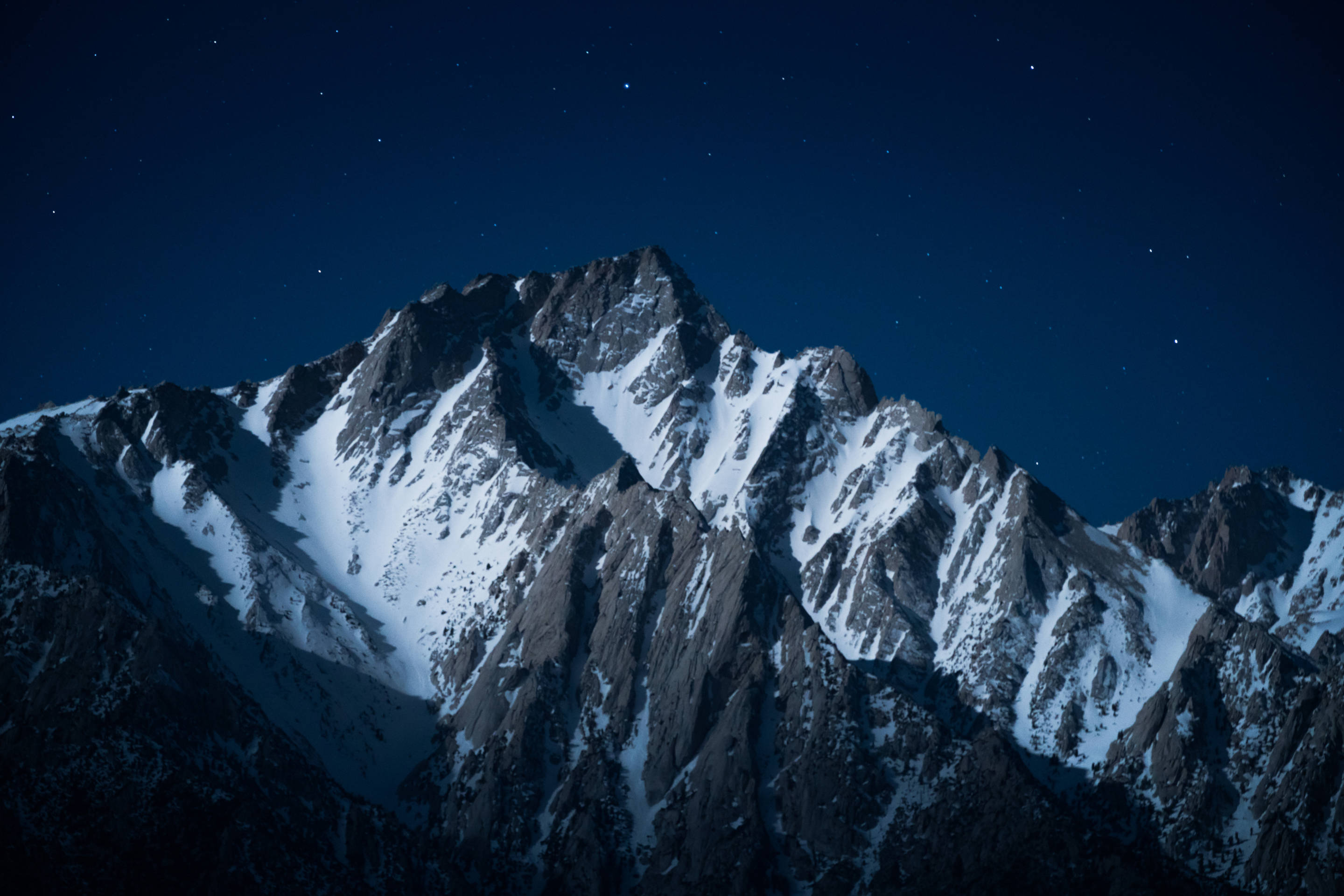Tips for photographing with moonlight
With the recent advancement in cameras’ low light capabilities, photographing the night sky has become increasingly popular. In the summer months on nights with no moon, popular viewpoints become packed with photographers hoping to capture the Milky way Galaxy. And it’s hard to blame them.. the milky way is absolutely stunning and is an excellent subject to photograph. When photographing the milkyway, you usually want little to no moon. That leaves photographers around 5 days per month to capture it throughout the night.

It can be easy to overlook the potential for a great photo when the moon phase is more than a sliver and the stars and Milkyway are less vivid. While I understand the appeal of photographing the milkyway, I feel like a lot of us can feel held back and limited when it comes to shooting the night sky on nights with a moon. For me, I love how moonlight can subtly enhance the details of a foreground in such a natural and surreal way as well as provide a simple, clean sky with fewer stars.

Tips:
- Pay attention to the moon phase. Choose a night with less than a 50% moon. If the moon is closer to being full, try and photograph it as it’s rising or setting. If the moon is closer to being full, I find that it washes out too many of the stars. I use an app called “The Moon” to tell me the moon’s brightness on any given day as wells as set/rise times.

- Shoot with your back to the moon!
If you shoot facing away from the moon, you will be able to see more stars and avoid a crazy blown out glow of light. Of course there are exceptions to this but keep in mind that if you want to see the moon, you’ll often need to do extensive exposure blending to avoid intense, blown out highlights.
3. Watch out for shadows!
If you're shooting in a flat landscape and facing away from the moon, your image could have your shadow in it. To combat this, I use my CLT 204 tripod and extend the legs out so that the camera is much lower to the foreground. Then, I’ll set a 10 second delay and walk out of frame so that my shadow isn’t in it at all and the amount of time I spend photoshopping unwanted shadows out is minimal. If it happens to be a windy night and you worry about stepping away from your camera to do this, remember that you can always add a weight such as a bag to the hook found at the bottom of your center column tog make your tripod even more stable!

- Slightly Underexpose your image
I think that one of the most common mistakes in photographing moonscapes is that photographers expose for the foreground trying to make it as bright as possible.
In turn, the photos they take end up looking like a bright, day time scene. When you're out shooting, keep in mind that you should slightly underexpose your image to maintain that night time look and make the light that is there, even more powerful and surreal.
- A Cooler White Balance is Key!
White Balance, just like exposure can really affect whether or not your photo looks like it was taken mid day or at night. To maintain that night time look, I recommend going with a cooler, more blue toned white balance. Make sure your camera is set to shoot RAW so that you are able to adjust the white balance once you’re back on the computer editing!
- The moon moves! The moon, just like the sun is always moving so keep in mind that your scene could look completely different in just an hours time. To predict the moon’s path and how that can impact your composition, use an app called PhotoPills.
- Composition matters…even more! Remember that a compelling composition is important for a great image! Use the moonlight to illuminate an interesting foreground to bring your image to a new level! Sometimes including the human element can turn a good photo great!

I hope these tips help you when you’re photographing a moonlit scene and that you consider going out to shoot on nights with a moon! Thanks so much for reading!

